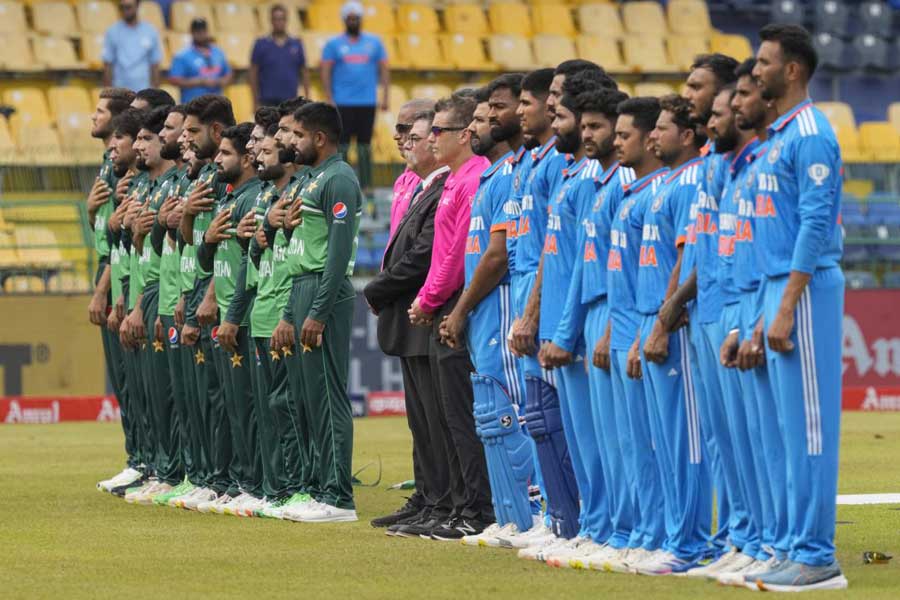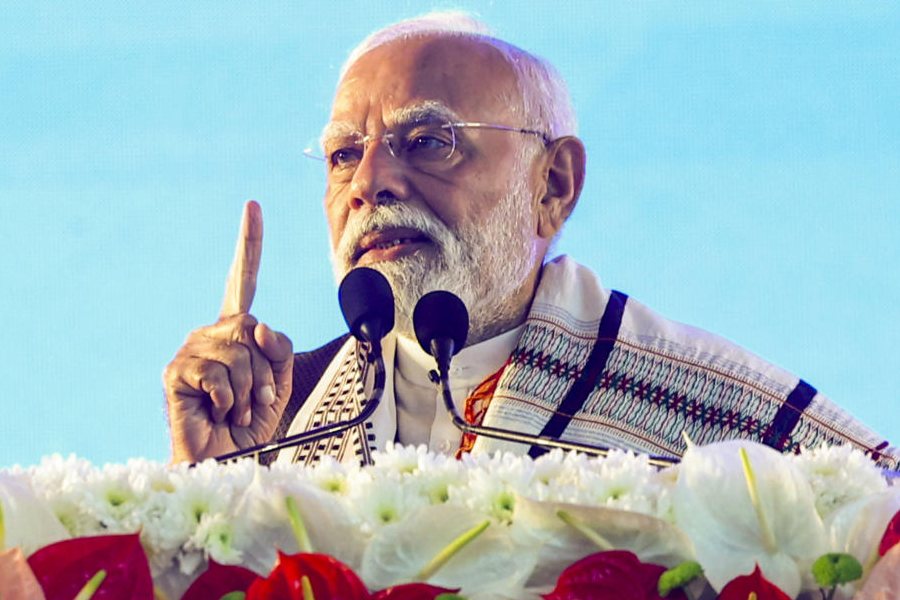 |
While the rest of India worries about chikungunya and dengue, insect control expert Pradeep Das has nightmares about 16 other viruses, including the deadly yellow fever — all spread by mosquitoes.
For Das, who heads a national laboratory to control mosquitoes, the steady resurgence of mosquito-borne infections in recent years only evokes a curious combination of consternation, despair, and frustration. “The people of this country are getting what they deserve,” says Das, director of the Vector Control Research Centre in Pondicherry.
As crafty mosquitoes continue to breed and spread infections, Das thinks the current chikungunya epidemic raging across the nation might just be a beginning. The really frustrating thing about the resurgence is that the knowledge available about these insects and public health and tools to fight them remain unexploited, says Das.
While dengue fever has so far killed more than 85 people this year, the chikungunya virus has already afflicted one in every thousand Indians, mainly in the southern and western states. The chikungunya virus is now said to be present in 155 districts.
While India is now in the grip of simultaneous outbreaks of chikungunya and dengue, cerebral malaria was rampant in parts of Assam earlier this year where it killed nearly 300 people. The Japanese encephalitis virus claimed hundreds of lives in Uttar Pradesh last year.
Public health experts see a disturbing trend in the way mosquito-borne diseases have come to haunt India in recent years. For mosquitoes are the single-most important vector (insect) that has been on the watch for a long time, predominantly because of its malaria connection. Malaria control programmes receive about one-fourth of the central government’s health budget and an equal amount is pumped in by the states too. The state apparatus to monitor and control malaria stretches to the district level.
“In the old days of malaria control, insect surveillance was part and parcel of the programme,” says Das. Similar monitoring of the mosquito and larval population was done routinely as a part of the national filariasis programme as well. “Today, there is not a single entomologist worth the name. Even if somebody happens to be still employed they are either manning stores or are in charge of the distribution of insecticides,” says an expert.
Medical entomologists, who specialise in insects that transmit bugs that cause diseases, normally hold the position of district malaria officer and head a battery of people who constantly monitor mosquito and larval populations in the district.
“These days, most state governments are filling this position with those holding MBBS degrees,” says P.K. Sumodan, an entomologist specialising in mosquito-borne diseases. Before taking up his present job as a senior lecturer in a government college in Kerala’s Kozhikode district, Sumodan was a district malaria officer for several years.
This is a clear indication where India’s vector-borne disease control strategy is heading — from a focus on prevention and surveillance to mere crisis management and treatment after an outbreak. The implications of this can be very serious, say experts. “There are at least 16 more deadly viruses, such as those causing yellow fever and marbug. Many of them might already be here as their vectors are very actively present,” says Das.
Many experts feel that rather than allowing the malaria vector surveillance programme to deteriorate, there is actually a need to enlarge its scope to cover insects spreading other diseases such as chikungunya, dengue and Japanese encephalitis. For instance, the first chikungunya case in Karnataka was accidentally spotted in November last year by researchers from the National Institute of Virology, Pune. The scientists alerted the state health department last year, but the state government took six months to act. The result was a whopping 7.5 lakh cases.
A well-oiled surveillance network, covering both rural and urban areas, can prevent local outbreaks from turning into epidemics, stresses T. Sunderraman, director of the Chattisgarh State Health Resource Centre, Raipur.
A beginning for this has to come from the National Anti-Malaria Programme, formerly known as the National Malaria Eradication Programme, which some experts believe has turned into a white elephant.
“It suffers from operational failures, systems failures and design failures,” says Sunderraman. “The authorities are waiting for a magic solution.” While DDT was the first magic bullet, chloroquine drugs took over later. Now, people talk more about insecticide-embedded mosquito nets.
The National Malaria Eradication Programme rode piggyback on the wonder chemical DDT to drastically cut the annual malaria cases from 7.5 million in the early years of independence to just 100,000 in the Sixties. But a decade later, there was a slump in the effectiveness of the insecticide as mosquitoes learnt to live with it. By 1976, the number of malaria incidents in India shot up to 6.5 million. Even today, millions of people are affected by malaria every year, though far fewer people die of it, thanks to several drugs that have come into the market.
A holistic surveillance plan for communicable diseases is not new. A proposal for this came more than 10 years ago from the New Delhi-based National Institute of Communicable Diseases. The plan was mooted in the aftermath of the 1994 Surat plague which left the health machinery — both at the central and state level — completely clueless. The Union health ministry sat over the proposal, which was dusted off the shelves two years ago.
It chalked out a two-phase Integrated Disease Surveillance programme with financial support from the World Bank. Had the first phase of the Rs 400-odd crore project been properly implemented, many states which were ravaged by chikungunya would have got an early warning. In the initial round, the programme was expected to cover Karnataka, Kerala, Tamil Nadu and Maharashtra, along with another five states.
Experts also feel that there should be a public health Act to deal with public health problems such as infections. “Such an Act will compel the state and central administrations to create roles for people qualified in public health in community health set ups,” says K. Shyamprasad, vice-president of the National Board of Examinations, which awards higher degrees in medicine to practising doctors.
Only a few public health positions available today, he says, are manned by medical doctors. “India needs a cadre of specialists who can focus on prevention, instead of medical specialists who always look at medicine from a curative point of view.”
This really calls for a distinct departure from current thinking.











